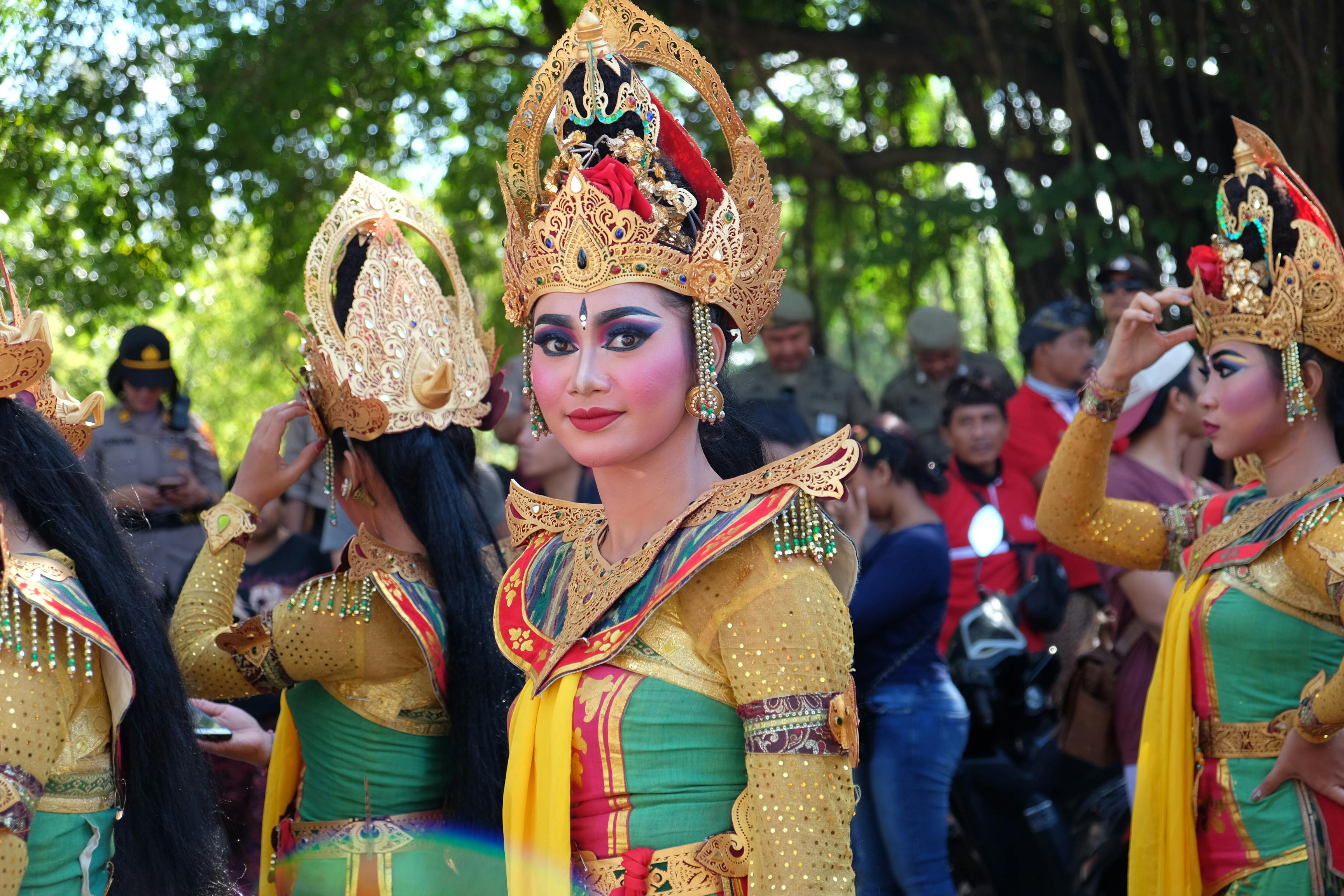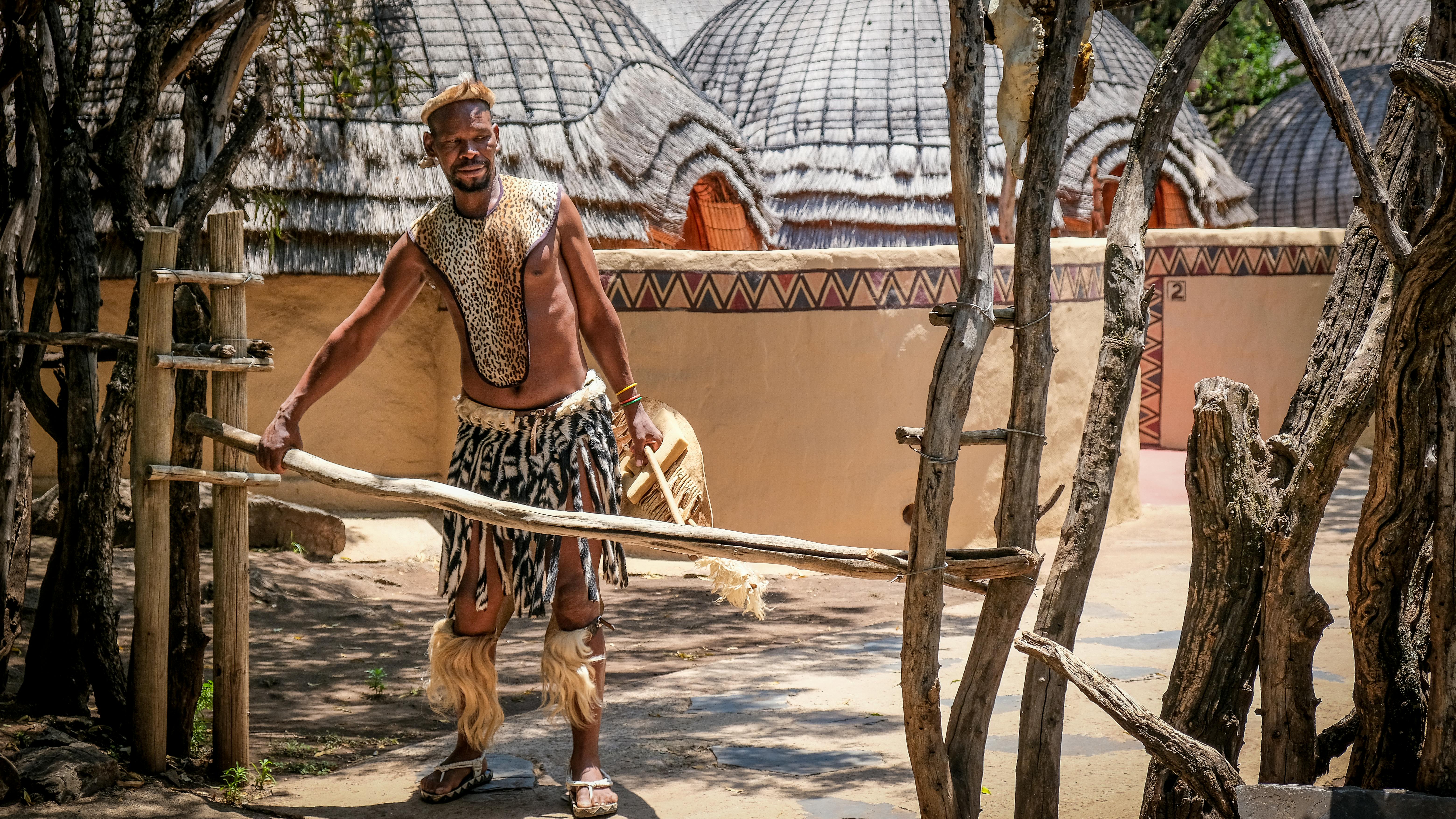Is Wearing A Durag Cultural Appropriation

Wearing a durag has become a popular fashion trend among many people, but it has also been at the center of controversy as to whether or not it constitutes cultural appropriation. This article will take an in-depth look at the issue and explore both sides of the argument. It will examine the history of the durag, consider why some people view it as appropriation, and discuss how people can wear one in a respectful way.Cultural appropriation is the adoption or use of elements of one culture by members of another culture. It is usually done without the consent of people who belong to the originating culture and often involves a cultural power imbalance. Examples of cultural appropriation can range from using an Indigenous headdress as a costume to using traditional Asian clothing as a fashion trend.
The History of the Durag
The durag, also known as a wave cap or do-rag, is a headdress commonly associated with Black culture. It has been worn by generations of African Americans to protect their hair and create waves in their hair. The durag first became popular in the United States during the 1940s when African American men began to wear them on the job sites to protect their hair from dust and dirt. Since then, it has become a popular accessory for anyone looking to create waves or simply keep their hair protected.
The durag also has roots in hip-hop culture. Rappers such as Tupac and Biggie Smalls often wore durags while performing and they quickly became a fashion statement for hip-hop fans around the world. In recent years, durags have become increasingly popular among celebrities such as Rihanna, Cardi B, and Drake.
Today, the durag is a staple in many Black communities across the United States. It is often worn by men and women alike as a way to protect their hair from environmental elements while also creating waves or curls in their hair. Durags come in a variety of colors, fabrics, and styles which allow people to express themselves through fashion while still keeping their hair protected from damage caused by everyday activities.
Why Do People Wear Durags?
Durags are a popular styling accessory used by many to create a distinct look. Wearing a durag has become a fashion statement of sorts, and they are often used to create unique hairstyles that stand out from the crowd. Durags are also popular as a protective hair styling tool, as they help keep hair in place and prevent it from becoming frizzy or tangled. Durags can also be used to protect the scalp from the sun’s rays, which is especially important for those with thinning hair or who are balding. Durags come in a variety of colors and patterns, allowing people to express themselves with their choice of durag. In short, people wear durags for both style and practical reasons – they’re fashionable and functional!
Durags are also popular among African-American men because they help maintain their hairstyle. The material of the durag helps keep their waves smooth and intact. Waves can be created quickly by brushing the hair in one direction while wearing a durag for several hours at night. The waves look better when the hair is kept tight with the use of a durag, giving men an opportunity to have stylish looking hair without having to spend hours styling it every day. Furthermore, wearing a durag can help protect natural curls and braids against damage caused by friction during sleep.
In conclusion, people wear durags for both aesthetic reasons and practical reasons such as protecting their scalp from sun damage or keeping their hairstyle intact throughout the day or night. Durags come in various colors and styles so that everyone can find something that suits their style and personality. Whether you’re looking for something stylish or something practical, there’s sure to be a durag out there that fits your needs!
The Durag and Society
The durag has long been a part of the African-American culture, and its significance is rooted in the history of Black Americans. It is seen as a symbol of resilience, strength, and pride in the African-American community. For generations, African-Americans have used the durag to protect their hair from harsh weather conditions, while also giving it a unique style. Although the durag has been around for centuries, its popularity has recently surged due to its influence in pop culture.
In recent years, the durag has become increasingly popular among celebrities and young people alike. It has been embraced by hip hop artists like A$AP Rocky and Cardi B, as well as athletes like LeBron James and Odell Beckham Jr. This newfound popularity has helped to break down some of the negative stereotypes associated with wearing a durag in public. As more people embrace the durag’s practical use and stylish appearance, it is slowly becoming more accepted by mainstream society.
However, there are still some who view the durag as a symbol of violence or gang affiliation due to its association with rap music and hip hop culture. While this perception is largely outdated and ignorant of the true meaning behind wearing a durag, it is still worth noting that there are certain connotations attached to wearing one in public that can be perceived negatively by some people.
Overall, the perception of the durag in society has shifted significantly in recent years from one of gang affiliation to one of pride and empowerment within the African-American community. With its newfound acceptance among mainstream culture figures and young people alike, it can be expected that more people will embrace this iconic piece of clothing in years to come.
Is Wearing a Durag Cultural Appropriation?
Durags, or “do-rags,” have been a staple of the African American community for generations as they are used to maintain waves and curls in hair. However, in recent years durags have become increasingly popular among people of all races and backgrounds. While some argue that this growth can be attributed to the trendiness of the item, others believe that it is a form of cultural appropriation.
Cultural appropriation is defined as the adoption or use of elements of one culture by members of another culture. When it comes to durags, many people feel that non-black individuals wearing them are appropriating elements of black culture without honoring its history or giving credit where it is due. As durags have become more mainstream, many people feel that they are being used for fashion rather than their original purpose and therefore taking away from their significance in black culture.
On the other hand, some argue that cultural appropriation should not be viewed as an inherently negative thing. They suggest that by wearing a durag, individuals can show appreciation for African American culture and help to promote understanding between different cultures. Additionally, they argue that there is no reason to deny individuals from other backgrounds from wearing durags if they understand its history and respect its significance in African American culture.
Ultimately, whether or not wearing a durag is considered cultural appropriation depends on how it is done and why it is being done. If an individual wears a durag with respect for its history and significance in African American culture then it could be seen as an act of appreciation rather than appropriation. However, if someone wears a durag simply because it looks cool without any knowledge or appreciation for its origins then this could be seen as inappropriate use or even exploitation of black culture.

1. Wear It Proudly
Durags are a bold fashion statement and should be worn proudly. They should be chosen to reflect your own unique style and personality. Do not shy away from wearing a durag in public, as it is a part of your identity. Do not let anyone else dictate what you should or should not wear. Choose colors and fabrics that you feel comfortable in and express yourself through the durag you choose to wear.
2. Be Respectful
When wearing a durag, it is important to be respectful of other people’s opinions and beliefs regarding the item of clothing. A durag is an expression of one’s identity, so respect the choices others make when wearing their durags as well. Do not judge someone for how they are choosing to express themselves through their durag and be mindful of how your own expression may affect those around you.
3. Be Confident
When wearing a durag it is important to wear it with confidence regardless of what others may think or say about it. If you feel confident in the way that you look, then chances are that others will too. Do not let anyone take away from your sense of style or put down what you choose to wear on your head.
4. Keep It Clean
It is important to keep your durag clean at all times in order to maintain its shape and color over time. Make sure to wash it regularly with mild detergent and let it air dry after each use in order for the material to remain soft and fresh looking for longer periods of time.
5. Accessorize
Durags can be accessorized with various items such as pins, beads, clips, ribbons etc., which can give them an extra bit of flair and individuality. Experimenting with different accessories can help create unique looks that will make your durag stand out from the crowd even more!
The Impact of Cultural Appropriation on Communities of Color
Cultural appropriation is the act of taking elements from a culture that is not one’s own, without permission or understanding the context or culture behind it. This practice can have a significant impact on communities of color, and it is important to consider the implications of this behavior.
First and foremost, cultural appropriation can lead to misrepresentation and stereotypes about a culture. When people take elements from another culture without understanding the context, they often end up perpetuating stereotypes about that particular group. This can lead to further generalizations and marginalization of communities of color, which in turn affects their overall quality of life.
Another issue with cultural appropriation is that it can strip away the meaning behind certain customs and rituals. For example, some traditional religious practices are often taken out of their original context and used in ways that are not meaningful to the original community. When this happens, it takes away from the significance and sacredness of these practices for those who have been observing them for generations.
In addition, cultural appropriation can be seen as disrespectful if done without permission from those who originated a particular tradition or custom. It is important to consider whether or not it is appropriate to take certain elements from a culture without fully understanding what it means to those who have been living with it for centuries. Taking something out of its original context can devalue it and disrespect its originators in a very real way.
Finally, there are economic implications associated with cultural appropriation as well. In many cases, people who appropriate elements from other cultures make money off these items while those who originated them get nothing in return. This perpetuates inequality among communities and undermines any potential benefits they could receive from their own culture being acknowledged and celebrated in positive ways instead of being co-opted by others for profit or recognition.
Overall, cultural appropriation has very real consequences for communities of color around the world. It is important to be mindful when engaging with different cultures so as not to perpetuate stereotypes or disrespect any customs or traditions in any way. Respectful appreciation should always be given when interacting with different cultures so as not to cause further harm or hurt feelings due to lack of understanding or consideration for where things come from.
Promoting Respect and Understanding in Fashion
Respect and understanding are essential for any industry to thrive and fashion is no exception. In order to promote respect and understanding in fashion, we must create a culture that celebrates diversity, promotes inclusivity, and encourages collaboration. This can be achieved by increasing visibility of different body types, genders, ages, races, and cultures in the fashion industry. By showcasing a variety of models from different backgrounds, we can help eliminate biases and create an environment where all voices are heard.
We must also make sure that all professionals within the industry are treated with respect regardless of their gender, age, race or other characteristics. This means creating a safe space for everyone by implementing diversity policies that ensure everyone is treated fairly. Additionally, it is important to provide educational opportunities for all workers within the industry so they have equal access to knowledge and resources.
Finally, we must work together to create an industry that values creativity and innovation. We should foster collaborations between designers of different backgrounds and provide mentorship programs for up-and-coming talent that will help them develop their skills. Through these efforts we can help promote respect and understanding in fashion while also creating more opportunities for success within the industry.

Conclusion
It is clear from the discussion that wearing a durag is not necessarily cultural appropriation. The history and intent behind why people wear durags makes it clear that they are more of a functional item than a fashion statement. However, if someone decides to wear a durag without understanding the meaning and context behind it, then it could be seen as cultural appropriation. Ultimately, the decision to wear a durag should come from an educated place of respect and appreciation for its history and significance.
The debate around cultural appropriation will continue to rage on, but one thing is certain: no matter what people choose to wear or how they choose to express themselves, respect for other cultures should always be at the forefront of the discussion. Everyone has a right to be proud of their heritage and share their culture with others.
